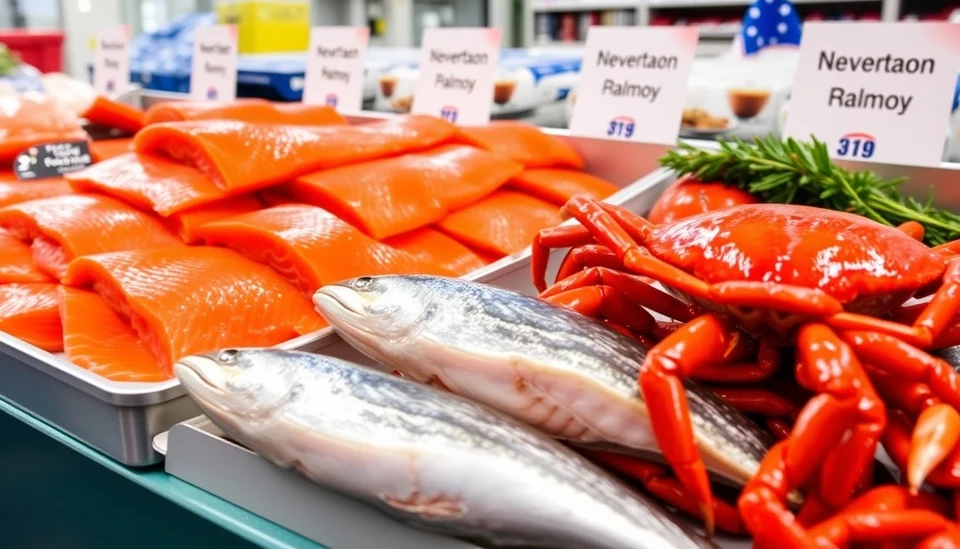
In a remarkable turn of events, Norway has witnessed a significant increase in its seafood exports to the United States, particularly in salmon and crab, as exporters rushed to ship their products prior to the implementation of new tariffs. This surge is not just a boon for Norwegian producers but also underscores the complex dynamics of international trade in the seafood industry.
Data from the Norwegian Seafood Council reveals that seafood shipments to the U.S. reached impressive levels in March 2025, signaling a strategic move by exporters in anticipation of impending tariffs. Experts noted that the rise in exports serves both as a preparatory measure for expected duties and as a reflection of the increasing demand for high-quality seafood in the American market.
One of the most notable beneficiaries of this export boom has been the salmon sector. With the popularity of salmon among American consumers continuing to climb, Norwegian suppliers ramped up their operations. Reports indicate an increase of nearly 30% in salmon shipments compared to the same period last year, highlighting not only the resilience of Norwegian fisheries but also the adaptability of their supply chains amidst changing trade conditions.
Crab exports, too, have seen an extraordinary spike. Various sources indicate that shipments reached levels that surprised even established market analysts. The strategic advantage of positioning their products ahead of the tariffs has placed Norwegian crab in a favored position within U.S. seafood shelves, potentially pushing local competitors to reevaluate their pricing and sourcing strategies.
The impending tariffs are a reaction to ongoing trade discussions and negotiations between the U.S. and various countries, including Norway. The anticipated duties on seafood products are part of broader economic measures aimed at balancing trade deficits and protecting local industries. However, the recent export surge by Norway demonstrates how quickly market dynamics can shift in response to policy changes.
Furthermore, this export boom represents not just a temporary spike but potentially a longer-term trend as American consumers increasingly turn toward healthier dietary options featuring seafood. Analysts predict that even post-tariff implementation, the groundwork laid by exporters could sustain a robust market share for Norwegian seafood in the U.S. for years to come.
As the landscape of international trade evolves, Norway’s seafood industry demonstrates the vital role of timing and foresight in navigating regulatory landscapes. Companies that invested in logistics and supply chain efficiencies, allowing for the quick fulfillment of orders before tariffs took effect, stand to not only maintain but even expand their foothold in one of the world’s largest seafood markets.
As the situation develops, stakeholders within the Norwegian seafood industry are likely to monitor U.S. market reactions to the imposed tariffs closely. The outcome will influence future export strategies and could set precedents for countries looking to navigate similar trade agreements.
#NorwaySeafood #SalmonExports #CrabExports #TradeTariffs #InternationalTrade #SeafoodIndustry #USMarket #ExportBoom #EconomicTrends
Author: Rachel Greene




